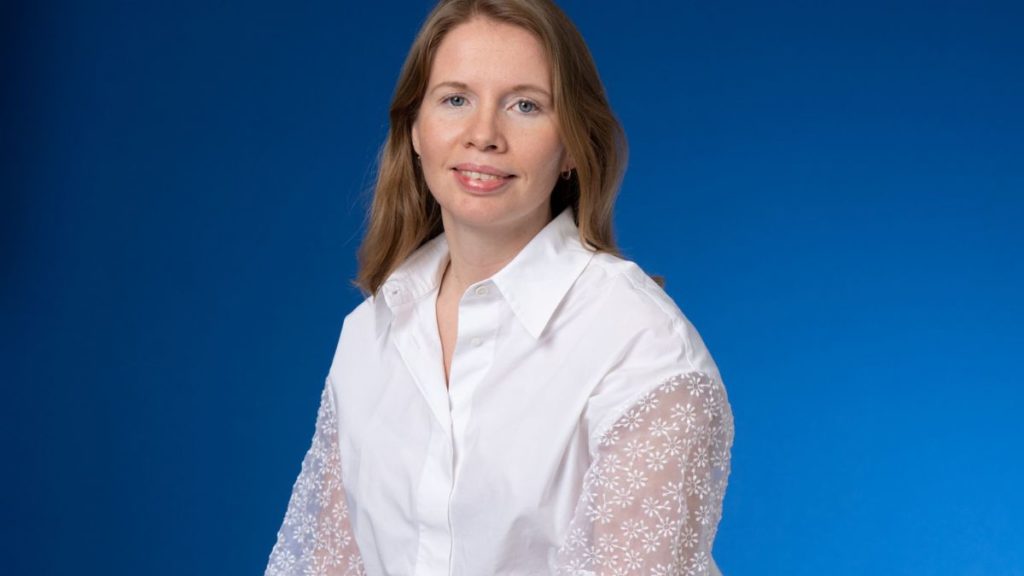By Maria Shcheglakova, EMEA Marketing Director, PubMatic
Despite job cuts and a relatively unstable geo-political climate, it’s an exciting time for the TV industry, especially for content-hungry viewers. The average UK consumer spends four hours and 28 minutes per day watching video content across all devices. Furthermore, the growing range of programs and movies across linear and streaming channels continues to engage TV audiences for about half their daily time with media.
When it comes to attracting viewers, there’s a clear trend towards streaming, which now provides a wide range of content including sports, game shows, and high-profile movies featuring top-tier stars. Streaming services have expanded to cater to diverse preferences, offering ad-free and ad-supported subscription options and a plethora of scheduled programming within the rapidly expanding realm of free ad-supported television (FAST). The overall result: increased competition for content discovery and viewers.
For advertisers, this fragmentation of audiences across various channels and devices makes it hard to achieve traditional TV goals – i.e. reach a large audience with their ads. Meanwhile, targeting limitations in connected TV (CTV) means advertisers have less control over who sees their ads compared to other digital video channels, which can result in wasted ad spend.
TV content in 2024
External events will play a big role in shaping TV content over the next months. The European Championships, the Olympics, and the Paralympics will result in sporting content dominating schedules across the summer, in autumn the UK and US elections will generate a plethora of political news and current affairs programming. Some believe that the worlds of scripted and unscripted content will merge (think Squid Game The Challenge), there will be more ‘old fashioned’ content (variety shows, and stories about real people) and augmented reality and AI will offer creators the ability to provide deeper immersive experiences for greater engagement with audiences.
The challenge for broadcasters and other producers will be to make sure that these opportunities are broadly distributed so that they maintain plurality and diversity and ensure that new creatives have an opportunity to come through the industry. And, of course, to do so in a way that attracts both loyal viewers and advertisers. The answer lies in making individual shows stand out by creating and selling genuinely new and original ideas in a market that is probably more risk-averse than it has been for some years.
Where will growth come from?
In the UK, broadcasters have made significant investments in digital transformation that have set them up for success in 2024 and beyond. Armed with sizable, loyal, digital audiences the focus now needs to be on working with media buyers at brands and agencies to make sure that advertisers’ TV/video budgets are being spent in the right places.
Big-format shows that are either live, have a live component, or are scheduled to create a feeling of live-ness, will create scale in a busy marketplace because they attract audiences that put their lives on pause to watch these shows. They create high-attention, shared viewing experiences that are the lifeblood of good, effective TV advertising.
The changes in TV content production and consumer viewing habits require new, fresh ways of finding maximum audiences and subsequently, the optimisation of those audiences to ensure that every single piece of video content delivers for consumers, producers, distributors, and advertisers. The inability to do this is what is causing friction in the marketplace right now and it’s something that we must, collectively, collaboratively solve.
Addressable, cross-channel experiences are the future of TV
In digital, we’re not short of opportunities to create one-to-one advertising experiences, but TV is different. TV is about finding high-attention moments during shared viewing experiences. However, shared viewing has taken on a new form whereby consumers are now sharing their time spent watching TV with other devices; typically their mobile phone. This creates an opportunity for broadcasters, streaming platforms, and brands to capitalise on social and TV opportunities.
For broadcasters, this is a big chance to attract younger audiences and safeguard the future of their business by using media in a smart way to deliver personalised one-to-one digital experiences. It’s tapping into these unique strategies and moments that will ensure the longevity of TV and video advertising regardless of which platforms or devices consumers are using.
It’s also important for all sides of the industry to remember that hit shows don’t happen overnight, increasingly so in a digital-first world where sometimes your biggest audiences come months, or even years after a show is first released. As marketers, we need to remain agile and reach TV content viewers whenever and wherever they come from. It’s critical to keep a close eye on demand trends and mirror those in media planning.
Cross-channel programmatic solutions help broadcasters, streaming platforms, and brands maximise these opportunities by giving the buy- and sell-side a powerful combination of independent ID solutions, real-time access to inventory, and optimisation tools that ensure that ad impressions are fairly monetised. By leveraging programmatic solutions broadcasters and streaming platforms can compete more effectively with the likes of YouTube and TikTok both of which are attractive to advertisers because of their large-scale logged-in audiences.
Safeguarding TV’s superpower
We’re moving to a time where, hopefully, as consumers, we will have legally protected, totally anonymous, universal IDs (that will work in tandem with logged-in solutions) which will mean that every environment that we enter will be tailored to us. This will give video advertisers, broadcasters, and streaming providers a very compliant way to overlay data to target viewers based on what they watched, or what they haven’t wanted with products and content they love.
Crucial to success will be making sure that we’re building incrementality—in content discovery, in audience reach across all platforms, and in advertising experiences. This will ensure that TV content environments are less cluttered making it easier for viewers to discover new content and easier for advertisers to reach high-attention, addressable audiences.
The convergence of TV and digital media is an extraordinary, and exciting thing. It is the jewel in the crown of what has, for too long, been about chasing consumers across platforms and devices with the hope of securing attention and action. The merging of nomenclature to a point where we no longer talk about digital vs. linear is a true sign that the TV and digital industries are entering a defining new era.









